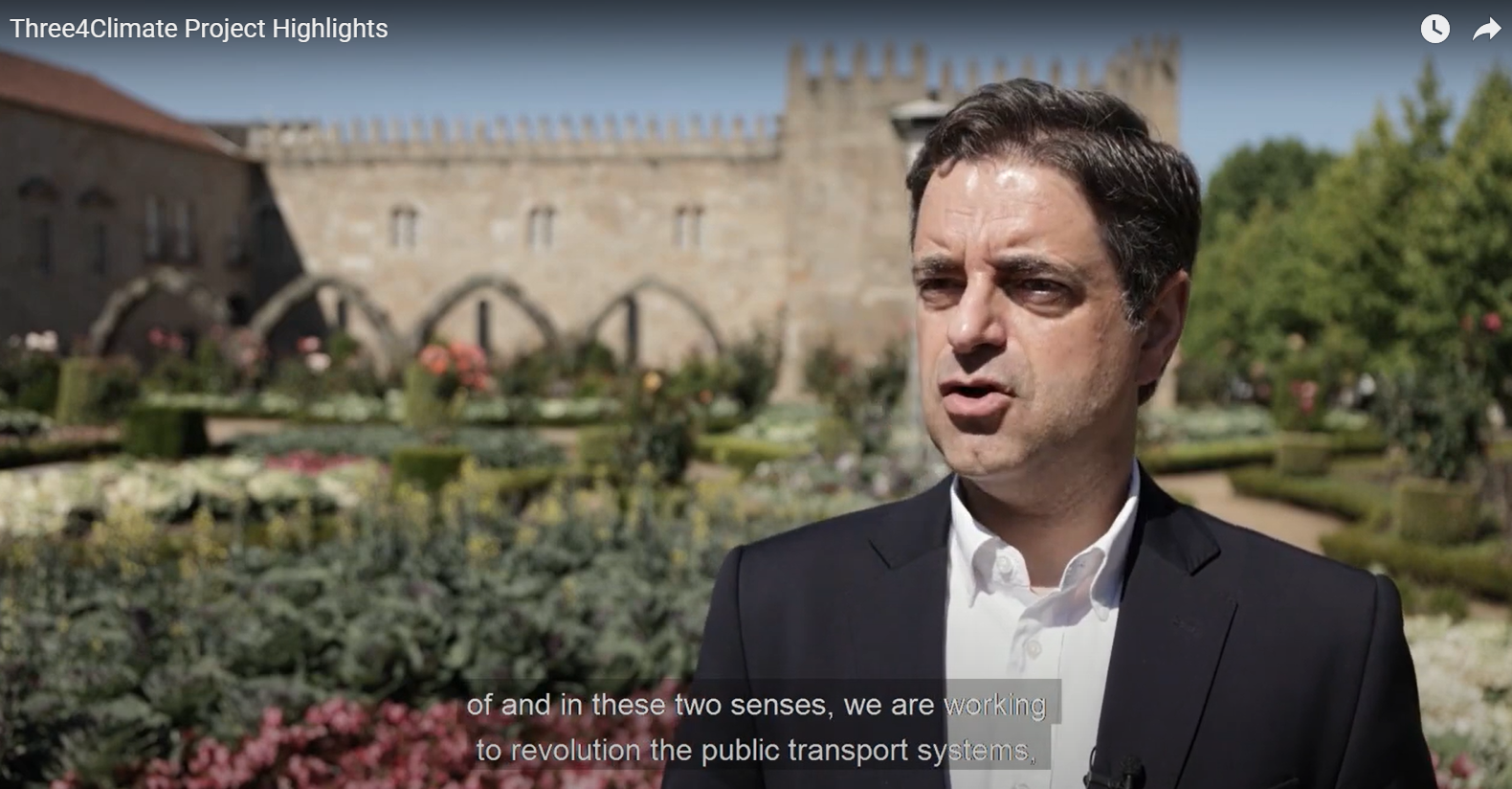Findings on the European Green Deal (EGD) and the role of cities
- There is a need for participation and commitment on all governmental levels. While the commitment of the national level is crucial since this is where EU policy is implemented, cities themselves need to be engaged already in the design of EU initiatives and funds to ensure that national plans can be translated into concrete local goals.
- Fit for 55 must mean fitter for cities. The Fit for 55 Package recognises the need to put local authorities under the spotlight and promotes not the one but rather many locally adopted energy transitions. At the same time, supportive measures need to be put in place for the implementation of the envisioned urban transformation in the areas of renewable energy, energy efficiency etc.
- Everyone – including all citizens – needs to take action. To make progress in the transformation towards climate neutrality, local administrations need to raise awareness among their citizenry to enable them to participate in and contribute to local climate action.
- Many (particularly small) municipalities face a resource gap. One of the major challenges on the ground is a lack of staff who can handle the application for and implementation of European projects.
Further Information
Insights into funding challenges and opportunities for local implementation
- Municipalities and the public sector should lead by example, but often lack funding. The legislative proposals of the Fit for 55 package targeting, amongst others, energy efficiency and renewable energy supply, urge local public authorities to lead the way. However, in many cases municipal investment is insufficient, also because of a lack of funding available at the local level.
- Municipalities need investment concepts to become drivers of innovation and to translate national climate plans into concrete measures. To support municipalities in developing appropriate investment concepts, the European City Facility (EUCF) can be mentioned as a best practice European initiative. One solution proposed to municipalities is to aggregate fragmented smaller projects into larger ones to make them more attractive for the financial sector.
- Municipalities can profit from expanding their cooperation with other cities. Municipalities could benefit from cooperation projects by establishing new or joining existing networks with other municipalities to tap into their expertise and to develop new projects together.
- EU funding to support the recovery from the COVID-19-pandemic in the member states is an opportunity for driving the green transition. The Recovery and Resilience Facility, the key instrument of the NextGenerationEU fund, requires that national recovery and resilience plans include a minimum of 37 % expenditure for climate investments and reforms (for more insights into funding opportunities, see the BEACON reports on Financing Climate Action in Municipalities).
Learnings about the needs of schools to engage in climate education
- Climate education needs to be (properly) integrated into national strategies and the curricula across subjects. As major barriers to enhancing climate education and action in schools, teachers and headmasters identified the lack of climate education and Education for Sustainable Development (ESD) requirements in national learning objectives, as well as the lack of a holistic approach to incorporate climate education and ESD in all subjects.
- Teachers require training as well as financial resources. Further training and guidance for teachers on didactic methods and the provision of learning material for all ages with emphasis on ESD is necessary. Many teachers are promoting climate education and climate projects because of their personal motivation and in their personal time. It is important to establish incentives in terms of payment for extra work and reducing standard teaching hours to free up time for interdisciplinary project work on climate action and sustainability topics.
- The EU has set up initiatives to promote climate education and climate action in local communities and schools. The Education for Climate coalition seeks to co-create a Europe-wide participatory education community to support the changes needed for a climate-neutral society. The community is to be led by teachers and students with their schools and networks and other educational actors. The European Climate Pact is an EU-wide initiative inviting individuals, communities and organisations to participate in climate action and build a greener Europe. Individuals and organisations can apply to become Climate Pact Ambassadors who act as a bridge between civil society, local stakeholders and the European Commission. The Three4Climate project connected its participating parties with these initiatives to establish further networking.
The main achievements of the Three4Climate project in a nutshell
Despite the COVID-19-pandemic, the Three4Climate project enabled the establishment of an international network between the cities of Loulé and Braga (Portugal), Maribor and Kranj (Slovenia) and Bielefeld and Radolfzell (Germany). This was possible due to a total of ten virtual Three4Climate Campus meetings in 2020 and 2021, three virtual study tours, a student competition, four Climate Action Days at the participating schools, three teacher exchange visits one of which could be conducted in person, as well as a virtual European Dialogue event and the project’s final event.
At the closing event of the project, the representatives of the participating municipalities and schools mentioned knowledge sharing of good practices and ideas as a key benefit of the Three4Climate project. Teachers emphasised that getting to know colleagues in other countries who are actively working on raising awareness about climate change had an encouraging and inspiring effect. Cooperation between municipalities was not only strengthened across borders, but also within the same country through the project activities. Similarly, the ties between municipal administrations and local schools have grown closer which has already sparked future plans. Links to matching EU initiatives and their relevant contacts have also been established with the Three4Climate participants to follow-up on further climate initiatives and respective funding opportunities.
Both teachers and municipal representatives have signaled that they would like to continue the collaboration even after the Three4Climate project’s official end and further cooperation for example in the form of climate partnerships is already foreseen between some of the Three4Climate schools.

